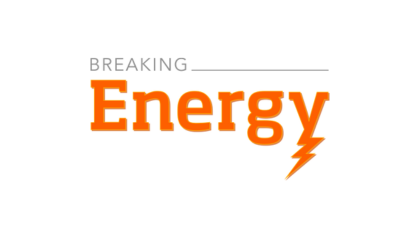
Everyone across the political spectrum talks about the need to wean the US from foreign oil. But when it comes to the details-how to actually make America more energy independent-the political posturing begins.
Recently, a Congressional dust-up dogged the national Renewable Fuel Standard. The year has also seen fights over the Keystone XL pipeline and the Pentagon’s renewable fuels efforts. And despite widespread support from Americans-and strong support from the auto industry itself-some still object to the 54.5 mpg by 2025 standard expected out later this summer. Keep reading →



 Calling it the most comprehensive analysis of high-penetration renewable electricity in the continental U.S. to date, a new report from the National Renewable Energy Laboratory (NREL) says
Calling it the most comprehensive analysis of high-penetration renewable electricity in the continental U.S. to date, a new report from the National Renewable Energy Laboratory (NREL) says





Renewable Energy’s Five Year Plan: Building the Transparency Set Amid Hectic Growth
By Peter Gardett‘What gets measured, gets managed,’ is an long-standing cliché of business, but its truth is often self-evident when it comes to governance. In planning energy policies, regulators and businesses and even voters must have access to the right kind of data before they can even see which problems are most pressing and which solutions most viable.
The International Energy Agency’s new five-year forecast for the renewable energy sector joins the fuel-specific reports covered by its widely read oil, natural gas and coal mid-term reports. Those fossil fuels need little introduction, and in the developed countries covered by IEA and its parent organization – the OECD – production, processing, use and reserves of the traditional energy complex is very advanced and taken as fact. Keep reading →